By John D. Gresham
World War II gave us many stories of aerial warfare, men and their machines fighting their way to victory and glory in the name of humanity. However romantic such a notion may be, World War II was the first in which airpower actually won battles, decided the outcome of campaigns, and ultimately the course of the conflict itself. That victory came about as a result of Allied airmen dropping ordnance onto the most important things the Axis countries owned, turning them into rubble or wreckage. It’s a simple formula actually: precisely drop enough lead or high explosive onto something, and it will be destroyed.
“Fighter Pilots Make Movies. Bomber Pilots Make History!”
But not everyone saw the worth of that idea in the 1930s and 1940s. Most airpower enthusiasts of the day saw bombing in terms of large formations of huge multi-engined planes, fighting their way past hostile defenses to carpet an objective with bombs, the target being embroiled in the mess.
The early days of World War II, however, did not see America’s few victories won by huge formations of heavy bombers. Those battles were won by one small, tubby, and not terribly fast airplane, flown by men whose courage and tenacity are still a source of envy and wonder to historians of the period. There was a saying going around at the time: “Fighter pilots make movies. Bomber pilots make history!” The men who made that history were the aviators of the Navy and Marine scout and bombing squadrons, and their war horse was the Douglas SDB Dauntless dive-bomber.
It is sometimes difficult to remember that before laser-, infrared-, and satellite-guided bombs came into being, delivering ordinance from aircraft was hardly a precision process. Huge sums of money were spent developing specialized bombsights for level bombers, to help lay their loads onto targets with some modicum of accuracy. However, without some sort of terminal guidance for the bombs themselves, even the famed Norden bombsight of World War II would do no better than to lay a string of bombs across an area the size of several football fields. There were, however, simpler and more intuitive ways of putting a bomb close to an aim-point from the air.
Concept Of Dive-Bombing Created
Nobody knows who first came up with the idea of aiming bombs at a target from a diving airplane, but sometime in World War I this became an intuitive way of getting bombs closer to the desired target. The result was a specialized kind of weapons delivery known as dive-bombing. Technical dive-bombing was a uniquely American creation, the product of a small cadre of U.S. Marine Corps (USMC) aviators who wanted to provide close bombing support to riflemen on the ground. It was Lieutenant L.H.M. Sanderson who, in 1919 as a member of Marine Observation Squadron Nine, noted that a diving aircraft pointed at a target made more accurate deliveries, causing the tactical adoption of glide- and dive-bombing by the USMC. Further experimentation showed that the reduced horizontal velocity component of the diving aircraft (compared to that of a level bomber) combined with the superior view of the target by the pilot made for truly precise weapons deliveries by skilled pilots.
Navy Begins Procuring Dive-Bombing Aircraft
By the mid-1930s, the Navy and Marines had both seen the virtues of dive-bombing. The USMC was using it to support troops on the ground as flying artillery, while their sea-service brethren developed the tactics as a precision antishipping tactic. To this end, the Navy’s Bureau of Aeronautics (BuAer) began to procure purpose-built dive-bombing aircraft, with the specialized equipment and structures necessary to make them a truly deadly form of warfare. These included aerodynamic “dive brakes” (to slow and steady the aircraft during the dive), extra structure (to withstand the stresses of pulling out after the dive), “trapeze” bomb-release systems (to help the bomb clear the propeller), and telescopic bombsights (to assist the pilot in putting the weapon precisely onto the target).
Seeking The Next Generation Of Bombers
Curtiss, long a supplier of Navy and Marine aircraft, produced most of the early dive-bombers. In fact, it was a demonstration by Marine Curtiss F8C Helldivers that led German Air Minister Ernst Udet to procure several for the emerging Luftwaffe as the inspiration for the famous Ju-87 Stuka. The 1930s were a time of amazing technological advancement in the aviation industry, and several new companies began to produce dive-bombers for the Navy and Marines. One of these was the Vought SB2U Vindicator, the first all-metal, low-wing monoplane procured for use by the sea services. Brought into service in 1938, the Vindicator provided a great deal of experience in operations of such aircraft, and led the BuAer to look for a more advanced model for the Navy and Marines. That search led to an emerging aircraft manufacturer in southern California: the Douglas Aircraft Company (DAC).
Founded by Donald Douglas, DAC already had an impressive standing in the aviation world by the late 1930s. Manufacturer of the incomparable DC-3 (which became the military C-47/R4D Skytrain/Dakota), DAC already had built a solid reputation with the Navy with the TBD Devastator torpedo bomber. Despite the unfortunate reputation it would acquire at the Battle of Midway in 1942 (where 39 out of 43 would be shot down), the TBD was the finest carrier-based torpedo bomber in the world when it was delivered in 1937. Like the SB2U, the TBD was a rugged, all-metal, low-wing monoplane that clearly represented the future of carrier aircraft. With the clouds of war beginning to grow, the DAC was going to be a major player in that effort.
Initially, the contract for the Vindicator replacement went to the El Segundo division of Northrop, which was producing a fairly conventional scout bomber design known as the BT-1. But, Northrop sold this division to DAC, and with it came one of the greatest aircraft designers of all time: the legendary Ed Heinemann. Heinemann had already produced a number of successful designs and almost immediately saw the possibilities for an improved model of the BT-1. At the same time, Heinemann began to be influenced by DAC’s founder on how he might design better aircraft for the sea services.
“They Have To Take Punishment And Still Work”
He would later write in his book, Aircraft Design: “One day when I was a young man just beginning to design airplanes, the great person who founded the company that bore his name, Donald Douglas, took me by the shoulder and taught me a lesson that was simple, though vital to success. At the time, we were trying to generate business from the U.S. Navy. ‘Navy planes take a beating,’ he said. ‘They slam down on the carriers when they land and get roughed up by the unforgiving elements of the high seas. If we want the Navy to buy our airplanes, we must build them rugged. They have to take punishment and still work.’”
Applying this and other ideas to the basic BT-1 design, he refined it into the XBT-2, what became known as the Scout-Bomber-Douglas Aircraft Company, or SBD.
SBD Rolled Out With Several Changes
The SBD was a surprising little airplane, as much for what it did not have in the way of features as for what it did have. For example, the SBD broke with the trend for folding wings to save deck and hangar space. By using a compact wing and platform, Heinemann was able to design the SBD to be small enough to fit up to three dozen onto U.S. carriers along with their other squadrons of fighters and torpedo bombers. The lack of a folding wing also saved weight and removed a weak point that made for a more rugged design. Another SBD innovation was the inclusion of perforated split dive brakes, which also functioned as flaps on takeoff and landing.
When fully extended, the split flaps allowed a pilot to dive the SBD at an angle of up to 80° with a terminal velocity (the point where aerodynamic resistance balances engine power and gravity) of around 250 knots. This limited the stresses on the aircraft during pullout and provided a more stable platform during the dive. Nevertheless, the Dauntless (the name the Navy gave the SBD) was stressed to withstand up to 9 “gees” during maneuvering, and even was able to handle so-called “zero lift” (nearly vertical) dives. To help the pilot see the target and assist in aiming, a padded 3X sighting scope was mounted over the control panel. All of this was designed to help the two-man crew (a pilot and radio operator/gunner) to put a bomb onto the deck of a moving ship or a ground target with accuracy.
Along with the aforementioned features, Heinemann designed the SBD to take full advantage of the new advances in lightweight materials and structures to improve weight and durability. Although relatively new for its day, the Dauntless had a hydraulic system to power extend and retract the landing gear and dive brakes/flaps, replacing earlier hand-cranked systems. To protect against enemy fighters, two forward-firing .50-caliber M2 machine guns were mounted in the cowling, while a pair of twin .30-caliber Brownings was carried in a rear-firing flexible mount.
SBD Gains “Slow But Deadly” Nickname
For offensive punch, the SBD could carry a heavy bomb (500-lb. or 1,000-lb.) under the fuselage on a trapeze mount, with racks for smaller bombs under the wings. The bomb mix was usually determined by the type of mission and range to target. For bombing missions out to about 250 miles, the Dauntless could carry a 1,000-lb. bomb. Longer range bombing or scouting missions normally saw a 500-pound bomb carried out to around 325 miles. The 1,000 hp Wright R-1820 radial engine (later upgraded to 1,350 hp in the R-1820-66 version on the SBD-6) could move the SBD along at a respectable 245 mph top speed, or a more economical 144 mph cruising speed. Capable of flying at a maximum altitude of 24,000 feet, normally Dauntless crews operated at a more comfortable 12,000 altitude whence they would usually start their dives.
Compared to its contemporaries, the SBD looked fairly modest on paper. Not nearly as noisy or menacing as the more famous German Ju-87 Stuka, the Dauntless was shorter ranged, slower, and carried a smaller bomb load than the Archi 99 Val dive-bomber used by the Japanese. Nevertheless, the SBD was a solid design, quickly embraced by its crews. As an added bonus, the Dauntless was a much tougher airplane than any of its foreign competitors, able to take battle damage and still make its bomb run and get home. Very quickly, it acquired the nickname of “Slow But Deadly” from its crews.
Navy, Marines Enters War With SBDs
The first production Dauntlesses, known as SBD-1s, were sent to the Marines, while the Navy began to receive its own model, the SBD-2, in 1941. These were the aircraft with which the Navy and Marines entered World War II, though the more advanced SBD-3 model arrived in time to fight in the great carrier battles of 1942. Dauntless production was well organized, and by early 1942 the SBDs were moving in a steady flow out to fleet and Marine squadrons. Normally, each squadron had a strength of 18 aircraft, with Navy carrier air groups having two such units (one for scouting, the other for bombing). This meant that usually around half of the aircraft on carriers in 1942 were SBDs, one of the reasons they quickly became the workhorses of the fleet.
Unfortunately, SBDs were among the first U.S. combat losses at Pearl Harbor on December 7, 1941 when 18 Dauntlesses from the USS Enterprise (CV-6) flew into the middle of the Japanese attack, resulting in the loss of five to enemy fighters or friendly antiaircraft fire. Soon, though, the carrier-based SBD squadrons would begin to hit back. Throughout the winter and spring of 1942, carrier-based Dauntlesses took part in a number of raids against Japanese islands and shipping, gaining a few modest successes and a solid base of experience for their crews. By the time of the battles of the Coral Sea and Midway, the SBD crews on America’s aircraft carriers were sharp and ready for a fight.
Dauntless Crews Win Early Engagements
The first of these engagements, fought in the Coral Sea north of Australia, pitted two American task groups based around carriers Lexington and Yorktown (CV-5) against the large Japanese flattops Shokaku and Zuikaku, along with the light carrier Shoho and their escorts. Between May 4 and 8, the two fleets fought, with SBDs dishing out most of the punishment against the Japanese. Dauntless crews helped sink the Shoho and badly damaged the Shokaku and several other ships, learning some hard lessons in return.
One was that any attacking aircraft—torpedo and dive-bomber alike—was terribly vulnerable in the face of enemy fighters like the famous A6M2 Zeros. Another was that SBDs, well armed as they might be, were not effective even against unescorted Japanese bombers. Because American carrier air groups in May of 1942 had only a single fighter squadron (with just 18 F-4F-3 Wildcats), SBDs were stationed at low altitude around the carriers on what was euphemistically called “antitorpedo plane patrol.” The little dive-bombers shot down a number of B5N2 Kate torpedo bombers, working hard to protect the American flattops. Despite their efforts, Lexington was damaged so badly that she later sank, and the Yorktown was hit hard. Along the way one Dauntless pilot, Commander David Dixon of the Lexington, made history by signaling the sinking of the Shoho with the famous message, “Scratch one flattop!” Another SBD pilot, Lieutenant John J. “Jo Jo” Powers, gained his own notoriety, being posthumously awarded the Medal of Honor for continuing his attack on the Shokaku, despite being hit and his plane going down in flames.
Even before the Battle of the Coral Sea was fought, U.S. codebreakers at Pearl Harbor had discovered plans for a Japanese attack and invasion of Midway Atoll, northwest of Hawaii. Although outnumbered in ships, planes, and firepower, Admiral Chester Nimitz (the Pacific Fleet commander) managed to scrape together a force of three aircraft carriers, an escort, some submarines and PT boats, and a defense force of Marines and land-based aircraft on Midway. At the core of this force were six Navy SBD squadrons aboard Enterprise, Hornet (CV-8), and the hastily repaired Yorktown. Midway, though, would be the most near-run of victories.
Tough Initial Losses At Midway
When American patrol planes discovered the Japanese striking force (known as Kido Butai) of four aircraft carriers (Akagi, Kaga, Hire, and Soryu) on the morning of June 4, the U.S. forces threw everything they had at the enemy fleet. For almost three hours, Marine dive-bombers, Army B-17s and B-26s, and Navy torpedo planes attacked the Kido Butai without scoring a hit. Along the way, another Dauntless pilot, Major Lofton Henderson, won a posthumous Medal of Honor, losing his life leading a Marine squadron of Midway-based SBDs. Meanwhile, the strikes launched against the Japanese carriers by the three American carriers began to arrive, suffering terrible losses. Three squadrons of TBD Devastators attacked and were virtually wiped out. At the same time, the two Hornet Dauntless squadrons completely missed the Japanese fleet, eventually returning without having seen the enemy. With the carriers of the Kido Butai intact and their aircraft armed for attacks on Midway and the American fleet, it looked like the day would go to the Japanese. What happened next, though, would change the course of the war in the South Pacific.
War Turns On Late Attack Of SBDs
From the south, Commander Clarence “Wade” McClusky led Bombing 6 and Scouting 6 from Enterprise, having discovered the course to the enemy fleet from a trailing destroyer. At the same time, Lt. Cmdr. Max Leslie (commander of Bombing 3 from the Yorktown) was leading his own squadron of SBDs in from the east. Almost as if it had been planned from the start, they arrived over Kido Butai at the moment when the last of the futile TBD attacks were being broken up. With the skies overhead clear of Japanese fighters, the three dive-bomber squadrons made the most of the opportunity.
In just five minutes, three of the four carriers of the Kido Butai were mortally wounded by bombs from less than three dozen SBDs. McClusky took 25 of the Dauntlesses down onto Kaga, blowing her to pieces. Max Leslie, having lost his own bomb (and several others of his squadron) to an arming circuit flaw, attacked and made Soryu into a funeral pyre with just 10 armed SBDs. Most impressive of all was the performance of Lt. Cmdr. Richard Best, with only 5 SBDs of Bombing 6, which attacked and destroyed the flagship Akagi, killing her with a pair of 1,000-lb. bomb hits. The entire tide of the war had turned in a single five-minute attack.
Dauntless Plays Pivotal Role At Guadalcanal
Later that day, SBDs from the American carriers would find and destroy the Hiryu, sunken in trade for the loss of Yorktown. Several days later, SBDs from Enterprise and Hornet would attack and sink the cruiser Mikuma and badly damage her sister ship Mogami. It was the greatest naval victory in American history, and the spoils for the triumph had gone to Ed Heinemann’s tubby little Dauntlesses and the brave men who flew them. Losses had been heavy though. Almost half of the Navy and Marine Dauntlesses had been lost in the air or aboard the sinking Yorktown. Despite this, the Pacific Fleet’s naval air force had just taken over the lead from that of Imperial Japan, and would never lose it for the rest of World War II.
The six-month Guadalcanal campaign would see the Dauntless play a pivotal role in the battles around that bitter island. The SBD began to make its vital contribution on August 7, 1942 when planes from the carriers Saratoga (CV-3), Wasp (CV-7), and Enterprise began to fly missions supporting the initial landings on Guadalcanal and Tulagi. Over the next six months Dauntless crews would participate in two more carrier vs. carrier battles, helping sink the Japanese light carrier Ryujo, damaging the Shokaku and another light carrier, the Zuiho. But the American carrier forces would pay a high price, losing the Wasp and Hornet and seeing the Saratoga and Enterprise damaged and knocked out of action on several occasions. What saved the American effort was the fact that on taking Guadalcanal they had acquired the ultimate ace in the hole: an unsinkable airbase called Henderson Field. Named for the Marine SBD commander who died at Midway, Henderson Field was a muddy little airstrip on the coastal plain of Guadalcanal. Within two weeks of the initial landings, Marine Air Group 23 arrived to begin supporting Marine operations on the island. Part of that air component was a squadron with a dozen Marine Dauntlesses, ready to begin exacting revenge for their terrible losses at Midway.
SBDs Fight To Hold Island
For six months, both sides fought and died trying to take or hold Henderson Field, with the Americans squeaking out a narrow victory. A pattern developed where the United States would feed more forces into Guadalcanal by day, while the Japanese struggled to get their own troops in by night via the famous “Tokyo Express.” It fell to the Marine and Navy SBDs and other bombers on Guadalcanal to derail this effort, something they did with skill and courage. More than once, SBDs and other aircraft from damaged carriers would divert to Henderson Field, their crews flying and fighting until their aircraft broke or they were killed. Along the way, they participated in sinking Japanese warships and transports, including two battleships, numerous cruisers and destroyers, and dozens of merchant vessels. Sometimes this meant flying a number of missions in a single day, shuttling out to the waters of what became known as “the Slot” and “Ironbottom Sound.” It was a costly effort for the Marine and Navy crews, and often they disappeared without a trace into the waters and jungles of the Solomon Islands. But the Japanese lost Guadalcanal, and with it any hope they had of maintaining the initiative in the Pacific War.
Dauntless Declines In Role
The SBD would fight throughout the rest of the war, though never with the responsibilities it had shouldered in early 1942. The new Essex-class (CV-9) and Independence-class (CVL-22) carriers that began to arrive in 1943 had air groups filled with wondrous new planes such as the Grumman F-6F Hellcat and TBF Avenger. There even was a replacement for the Dauntless, the Curtiss SB2C Helldiver, which was known as “the beast” by crews for poor handling qualities. However, the SBDs continued to soldier on despite their age and relatively short range and small payload. The Marines continued to love their Dauntlesses, using them to develop the first close air support tactics later in the war. The Army even used the SBD for a time, calling it the A-24 Banshee. Still, despite the introduction of the SBD-5 and -6 models in 1943 and 1944, the day of the Dauntless was over by the time of the surrender at Tokyo Bay.
Most of the surviving SBDs wound up being melted down for scrap at war’s end, though a handful survive today in museums and vintage air shows. Compared to the sleek P-51 Mustangs and mighty B-17s, they garner little notice from the crowds. For a few people, though, who know the story of the little Dauntless and its crews, what they did and how they did it, there is the undying respect and admiration for the little dive-bomber that could. There is perhaps no greater legacy for Ed Heinemann and the crews that flew the plane known as “Slow But Deadly.”
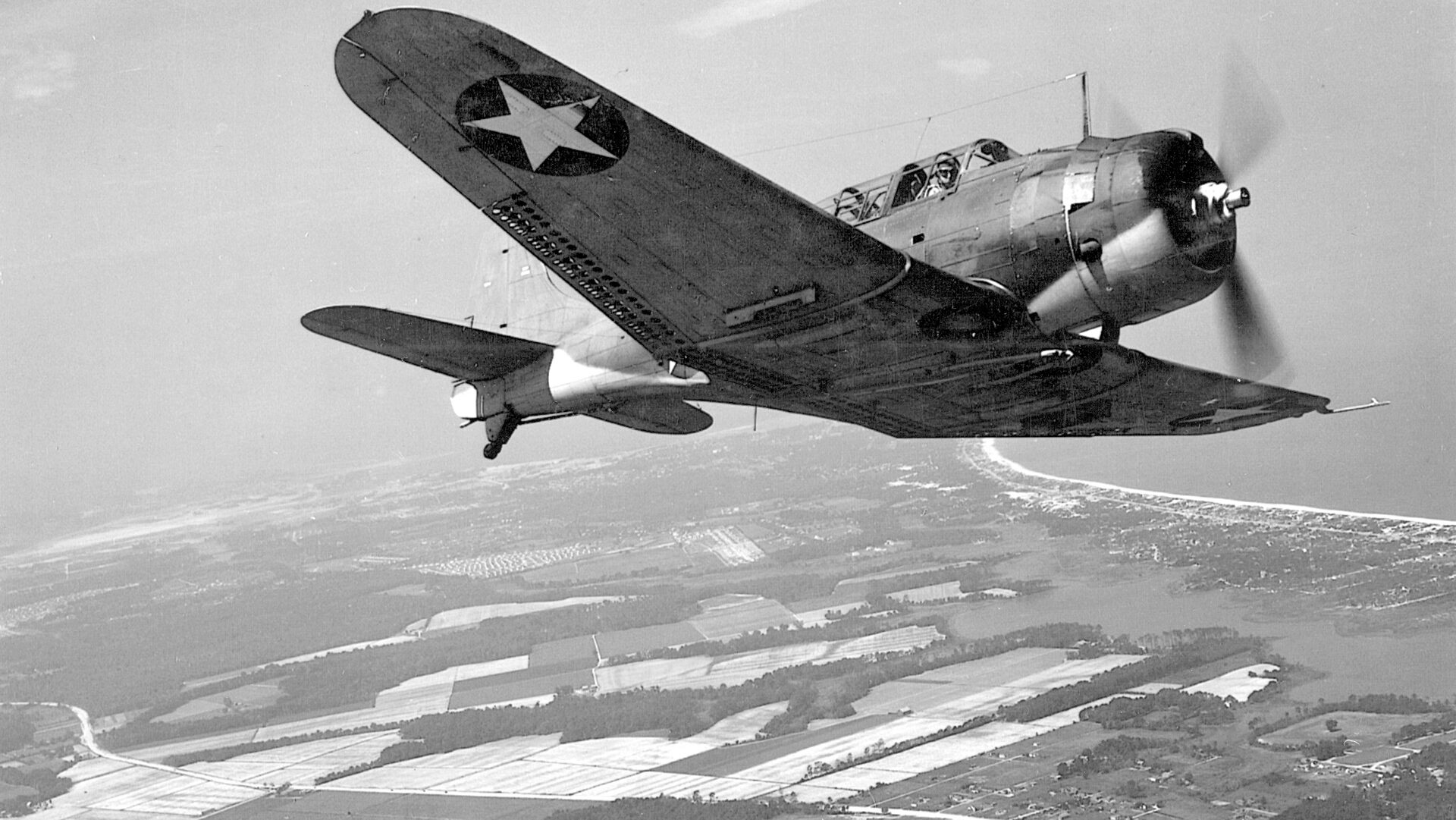
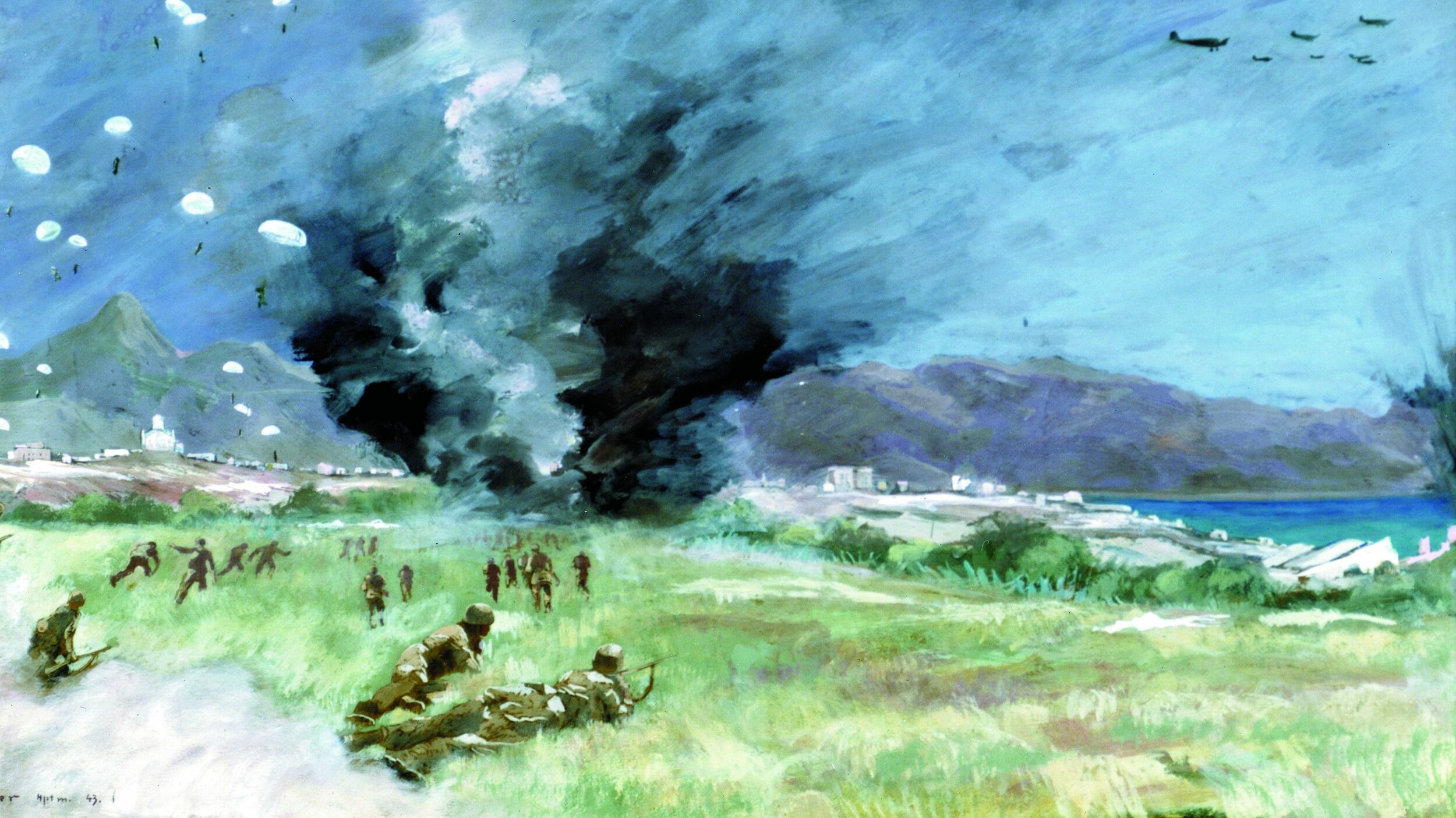
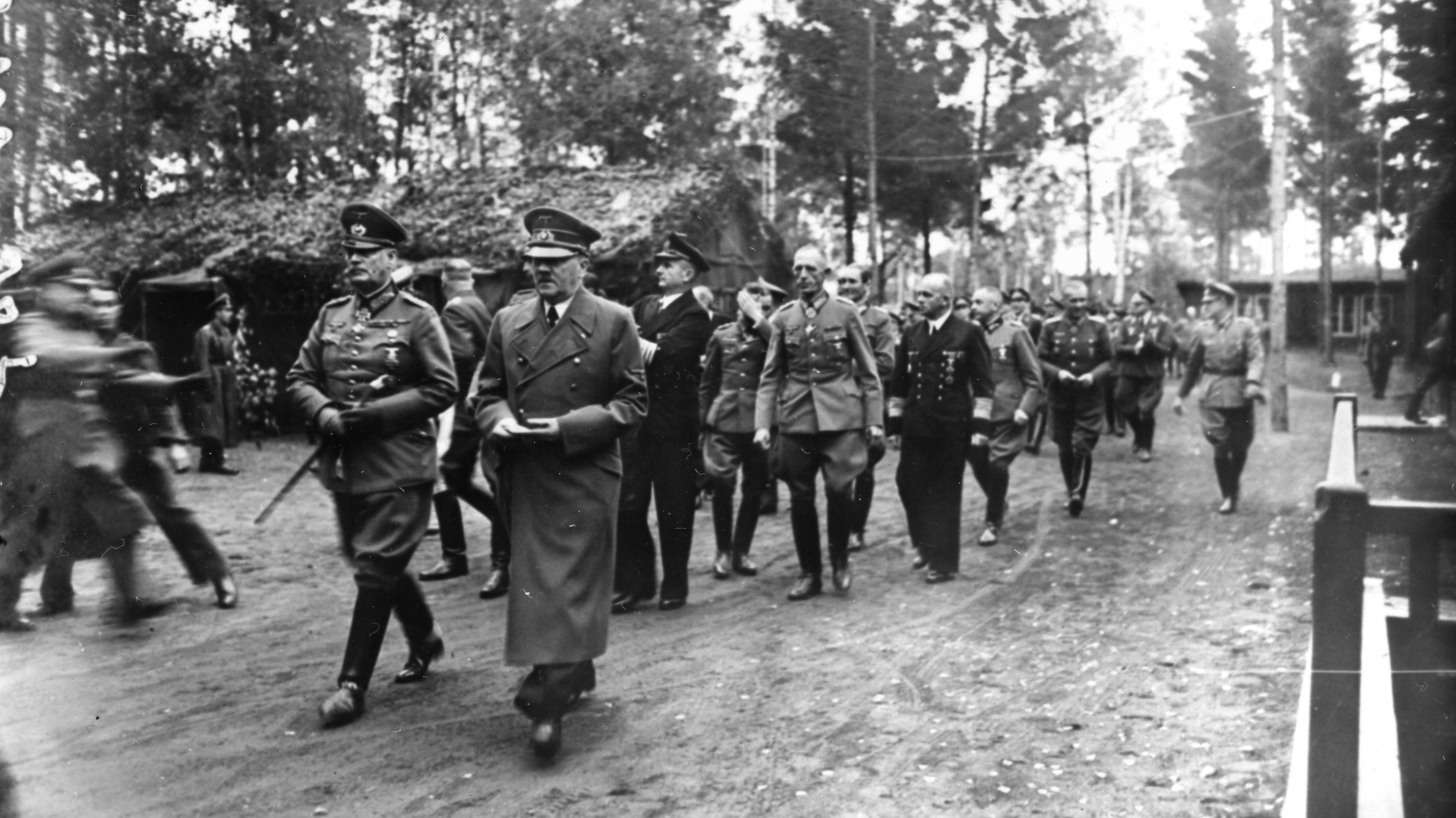
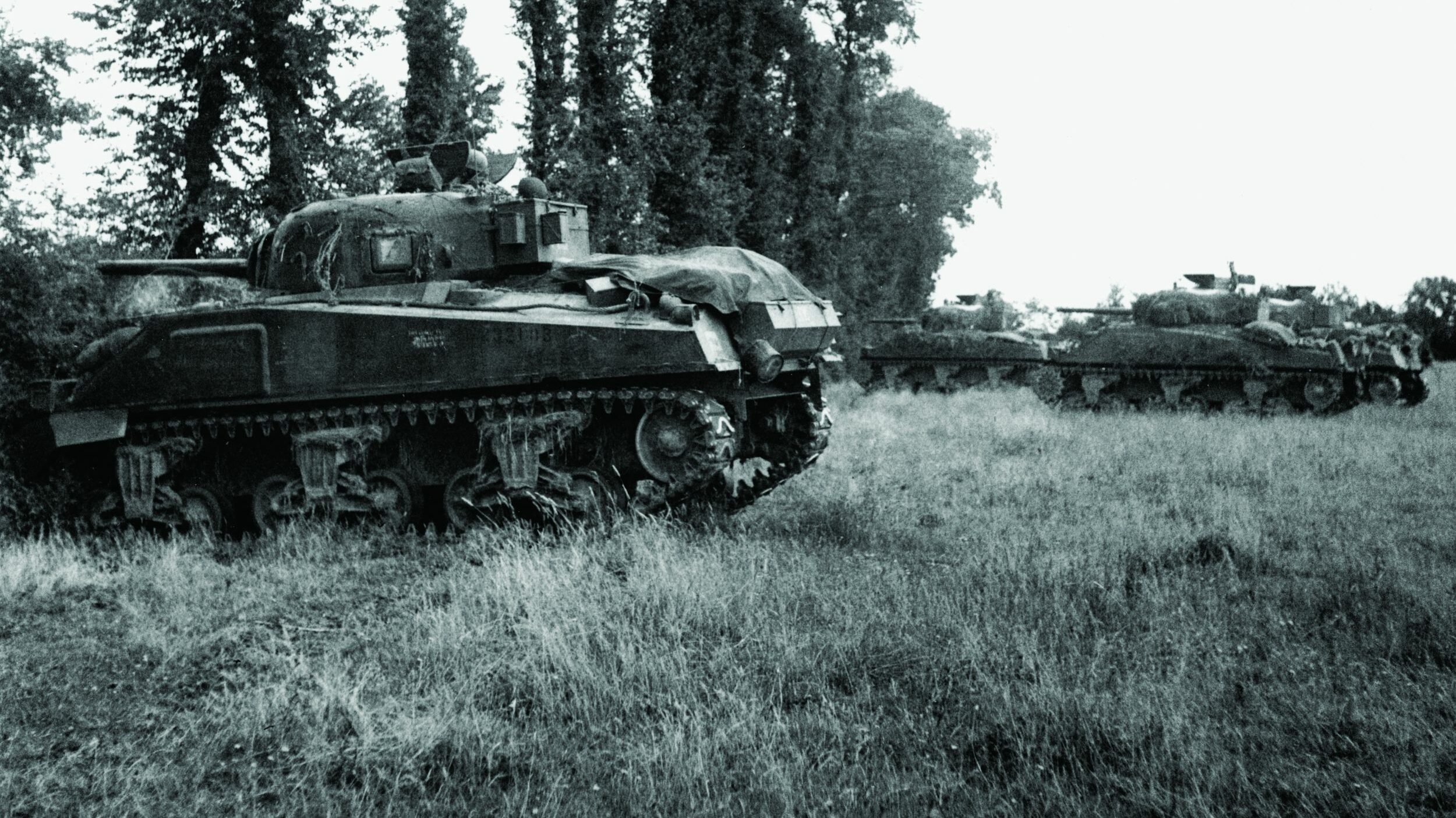

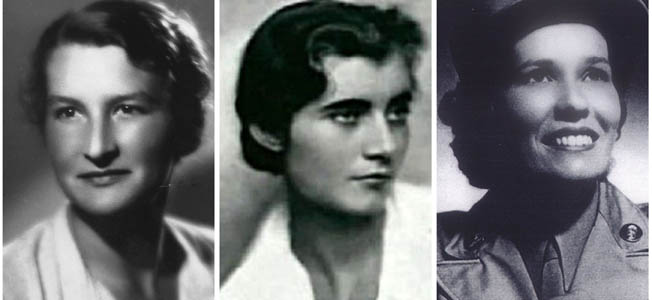
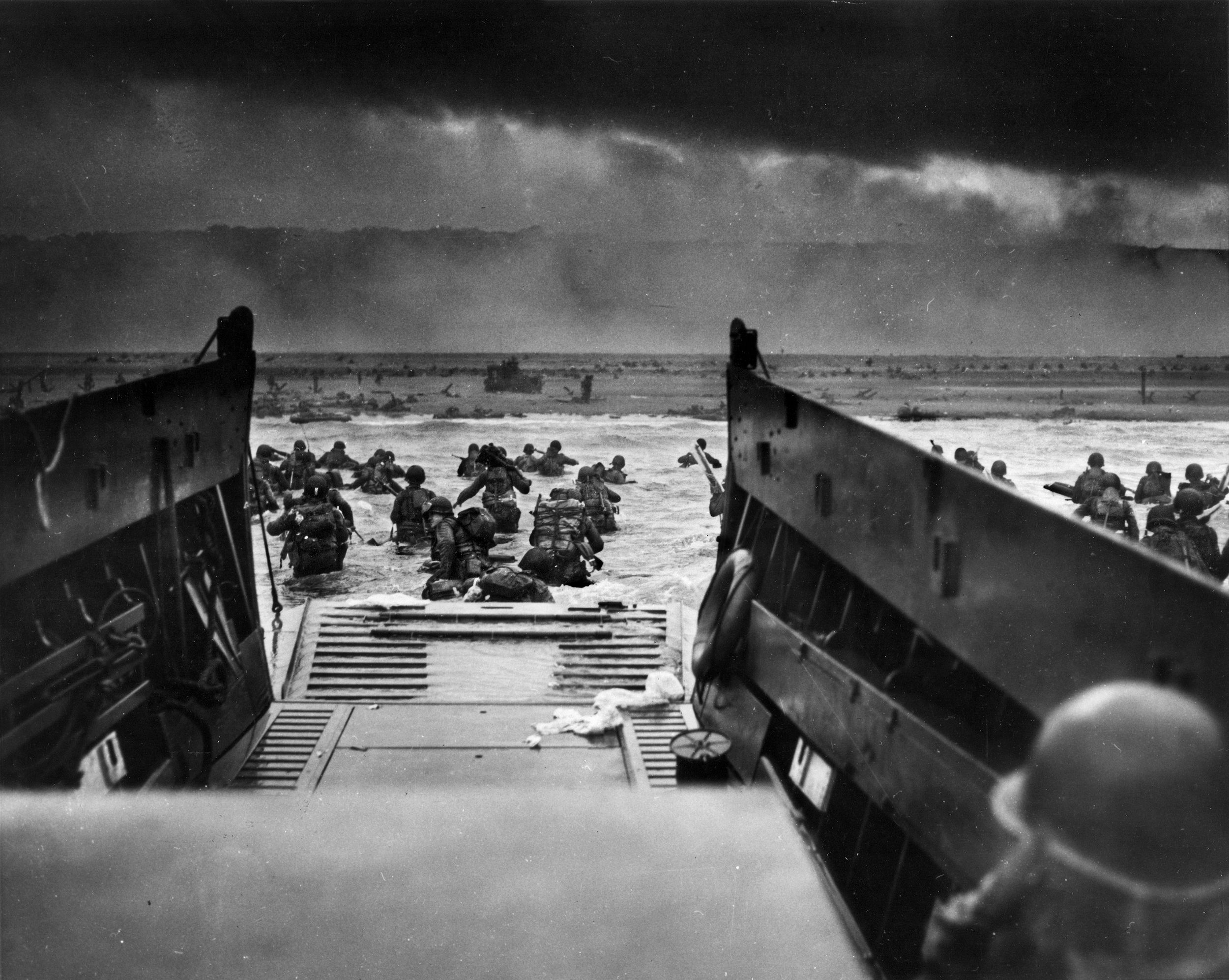
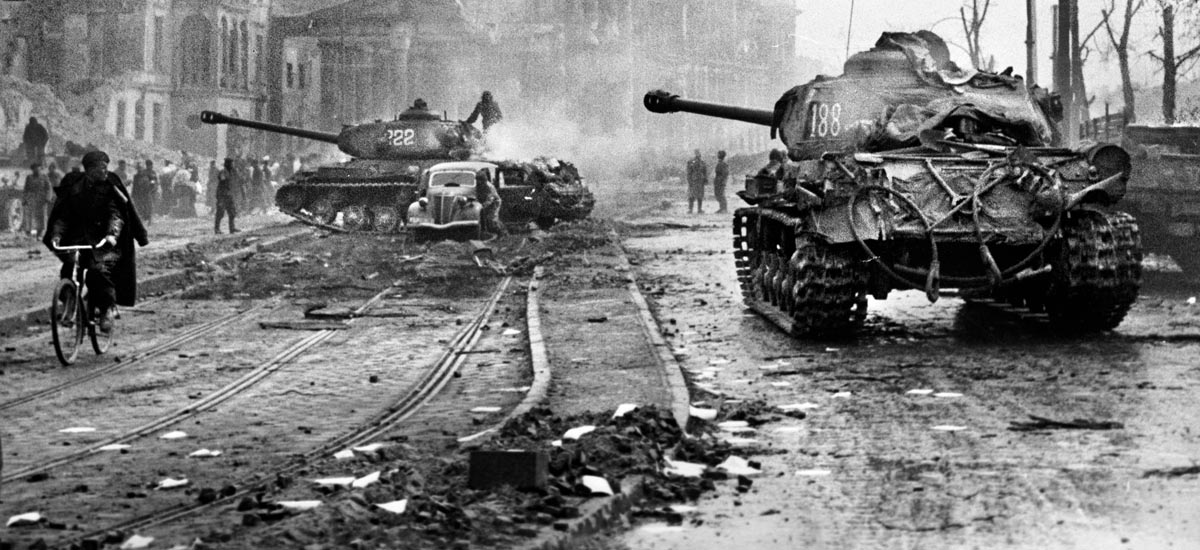
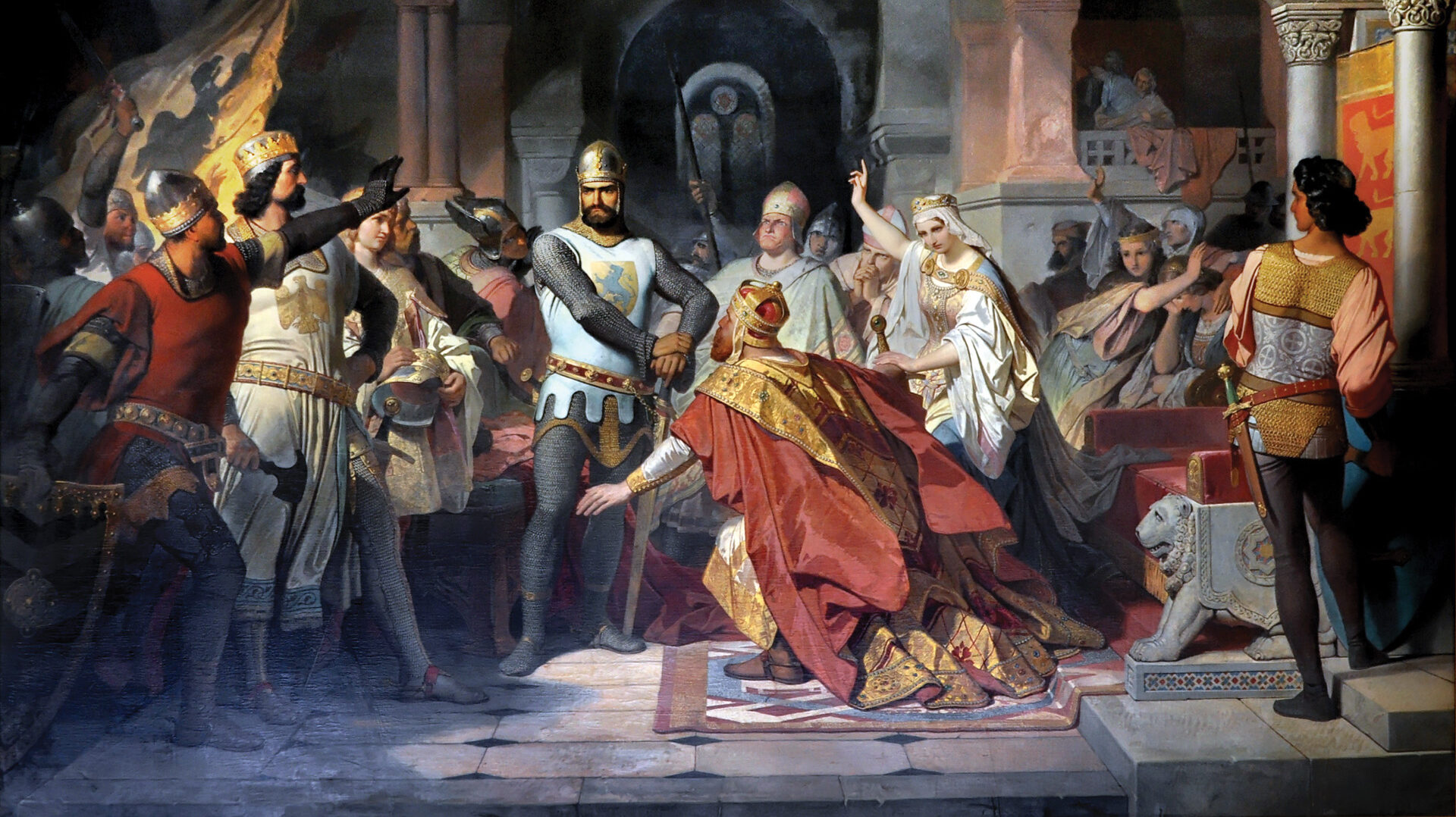
Join The Conversation
Comments
View All Comments